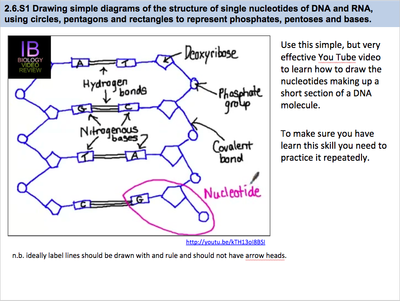

The active site is a small segment of rRNA, indicated in red. Ribosomal RNA is in ochre, proteins in blue.

It has become widely accepted in science that early in the history of life on Earth, prior to the evolution of DNA and possibly of protein-based enzymes as well, an " RNA world" existed in which RNA served as both living organisms' storage method for genetic information-a role fullfilled today by DNA, except in the case of RNA viruses-and potentially performed catalytic functions in cells-a function performed today by protein enzymes, with the notable and important exception of the ribosome, which is a ribozyme.Ĭomparison with DNA Three-dimensional representation of the 50S ribosomal subunit. This process uses transfer RNA ( tRNA) molecules to deliver amino acids to the ribosome, where ribosomal RNA ( rRNA) then links amino acids together to form coded proteins. One of these active processes is protein synthesis, a universal function in which RNA molecules direct the synthesis of proteins on ribosomes. Some RNA molecules play an active role within cells by catalyzing biological reactions, controlling gene expression, or sensing and communicating responses to cellular signals. Many viruses encode their genetic information using an RNA genome. Cellular organisms use messenger RNA ( mRNA) to convey genetic information (using the nitrogenous bases of guanine, uracil, adenine, and cytosine, denoted by the letters G, U, A, and C) that directs synthesis of specific proteins.

RNA is assembled as a chain of nucleotides. The nucleic acids constitute one of the four major macromolecules essential for all known forms of life. RNA and deoxyribonucleic acid ( DNA) are nucleic acids. Ribonucleic acid ( RNA) is a polymeric molecule that is essential for most biological functions, either by performing the function itself ( Non-coding RNA) or by forming a template for production of proteins ( messenger RNA).


 0 kommentar(er)
0 kommentar(er)
